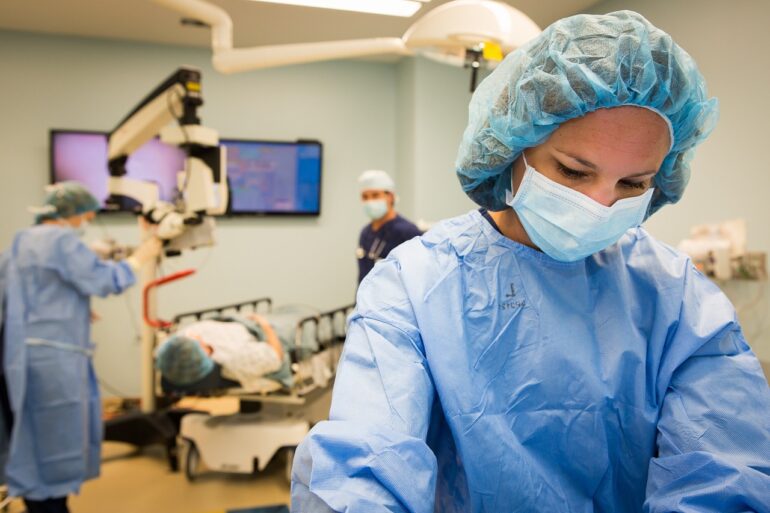TL;DR:
- A study conducted at the University of Western Australia explored the use of data and AI in predicting cardiovascular complications after non-cardiac surgeries.
- The study analyzed data from over 24,000 participants.
- Machine learning techniques and integrated data were found to improve the identification of high-risk patients.
- Further research is planned to refine these methods and integrate them into routine care.
- The findings hold promise for preventing deadly complications and revolutionizing post-surgical care.
- Graham Hillis, a professor at UWA and head of cardiology at Royal Perth Hospital, expressed optimism about the results.
- AI-driven healthcare has the potential to reshape medical decision-making and improve patient outcomes.
- Ongoing advancements in AI technology bring us closer to a future where patient safety is enhanced through data-driven insights.
Main AI News:
Cutting-edge advancements in data analysis and artificial intelligence (AI) have once again demonstrated their potential to revolutionize patient care. In a recent study conducted by a leading researcher from the University of Western Australia, over 24,000 participants were analyzed to determine the efficacy of machine learning algorithms and data integration in predicting cardiovascular complications arising from non-cardiac surgeries, including heart attacks and heart muscle injuries.
The groundbreaking research unveiled that by harnessing the power of machine learning techniques and leveraging routinely collected data before, during, and after surgical procedures, medical professionals could significantly improve their ability to identify patients at the highest risk of experiencing life-threatening complications. This newfound insight has the potential to transform the landscape of post-surgical care, enabling healthcare providers to proactively address complications before they occur.
Graham Hillis, a distinguished professor of medicine at UWA and the head of cardiology at Royal Perth Hospital, expressed his excitement regarding the study’s findings. He emphasized that further efforts are underway to fine-tune these innovative methodologies and seamlessly integrate them into routine healthcare practices. The aim is to ensure that patients undergoing non-cardiac surgeries receive optimal care, mitigating the risks associated with cardiovascular complications.
The study’s results have ignited a sense of optimism within the medical community, fostering anticipation for the future of AI-driven healthcare. As technology continues to evolve, it holds the potential to reshape medical decision-making, ultimately leading to improved patient outcomes and reduced mortality rates. With ongoing research and refinement, the integration of machine learning algorithms into routine care settings is poised to make a lasting impact on surgical procedures, safeguarding the well-being of countless individuals worldwide.
Conlcusion:
The study showcasing the effectiveness of data analysis and AI in predicting cardiovascular complications after non-cardiac surgeries has significant implications for the market. The integration of machine learning techniques and data integration in routine care has the potential to transform post-surgical practices, improving patient outcomes and reducing mortality rates.
This advancement opens up new opportunities for healthcare providers and technology companies to develop innovative solutions tailored to the identification and prevention of complications in surgical settings. As the demand for AI-driven healthcare solutions grows, market players can capitalize on this trend by investing in research and development, collaborations with medical institutions, and the creation of cutting-edge technologies that enhance patient safety and well-being.
By leveraging the power of data-driven insights and transformative technologies, businesses can contribute to a future where surgical procedures are further optimized, revolutionizing the market and elevating the standard of care.

